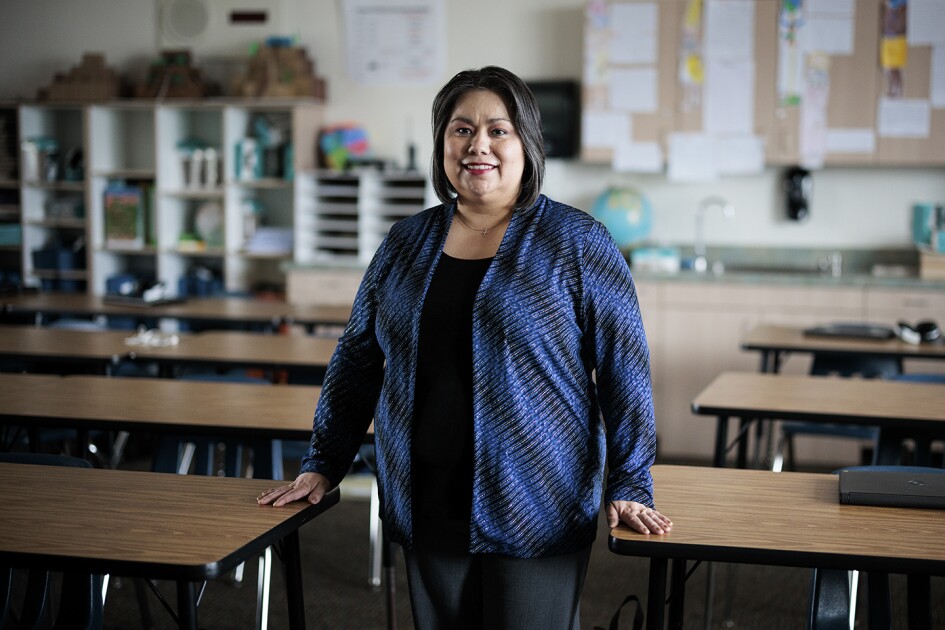By the end of middle school, students may lose a third to half of what they learn during the year to the so-called “summer slide.”
That’s because what students forget over the summer becomes more damaging over time as students make less progress during the school year, according to an ongoing study by NWEA, the Northwest Evaluation Association.
“As kids grow less and less during the school years, they are still seeing the same summer drop—so they are losing proportionately more,” said Megan Kuhfeld, a research scientist at NWEA and the author of the study.
Kuhfeld tracked the achievement of students in more than 500 schools that participated in the MAP Growth test in reading and math. The computer-adaptive tests are given at least twice a year, including fall and spring, allowing a more detailed look at how summer affects student achievement across elementary and middle grades. Kuhfeld analyzed the scores of more than 42,000 students from grades 3 to 6, and nearly 40,000 students from grades 5 to 8 in an unnamed Southern state.
The gaps are measured in “RIT” scores, a vertically aligned scale that allows researchers to compare academic growth across grades. On average, students lost about 2 points out of a possible 250 each summer in reading, and a little more than 4 points each summer in math. But as the charts below show, students gain less during each school year as they grow:

Digging into Demographic Gaps
Previous studies have found low-income and minority students often lose more ground during the summer than middle-class and white students. And a separate study released in May by the National Center on Education Statistics, suggests children from lower-income homes have less access to summer camp and other enrichment activities during the summer.
As in other studies, Kuhfeld found both white and black students and those of different income levels lost academic ground over the summer, but overall summer slide, “doesn’t seem to be primarily driven by student race and it doesn’t seem to be primarily driven by [the percentage of students eligible for] free and reduced-price lunch at the school level.”
Instead, differences between students at different schools explained the overwhelming majority of the overall summer-learning gaps. Kuhfeld plans to expand the study to up to 40 participating states and to release deeper analyses of racial and socioeconomic trends in the coming months.
There are no national data detailing what summer opportunities schools and communities offer their students, but district leaders who see students lose ground during the summer may do well to compare their own enrichment activities with those of other districts. And Matthew Boulay, the founder and CEO of the National Summer Learning Association, told Education Week, there are some easy ways teachers and parents can help to keep students engaged during the summer:
Chart source: Megan Kuhfeld, NWEA



